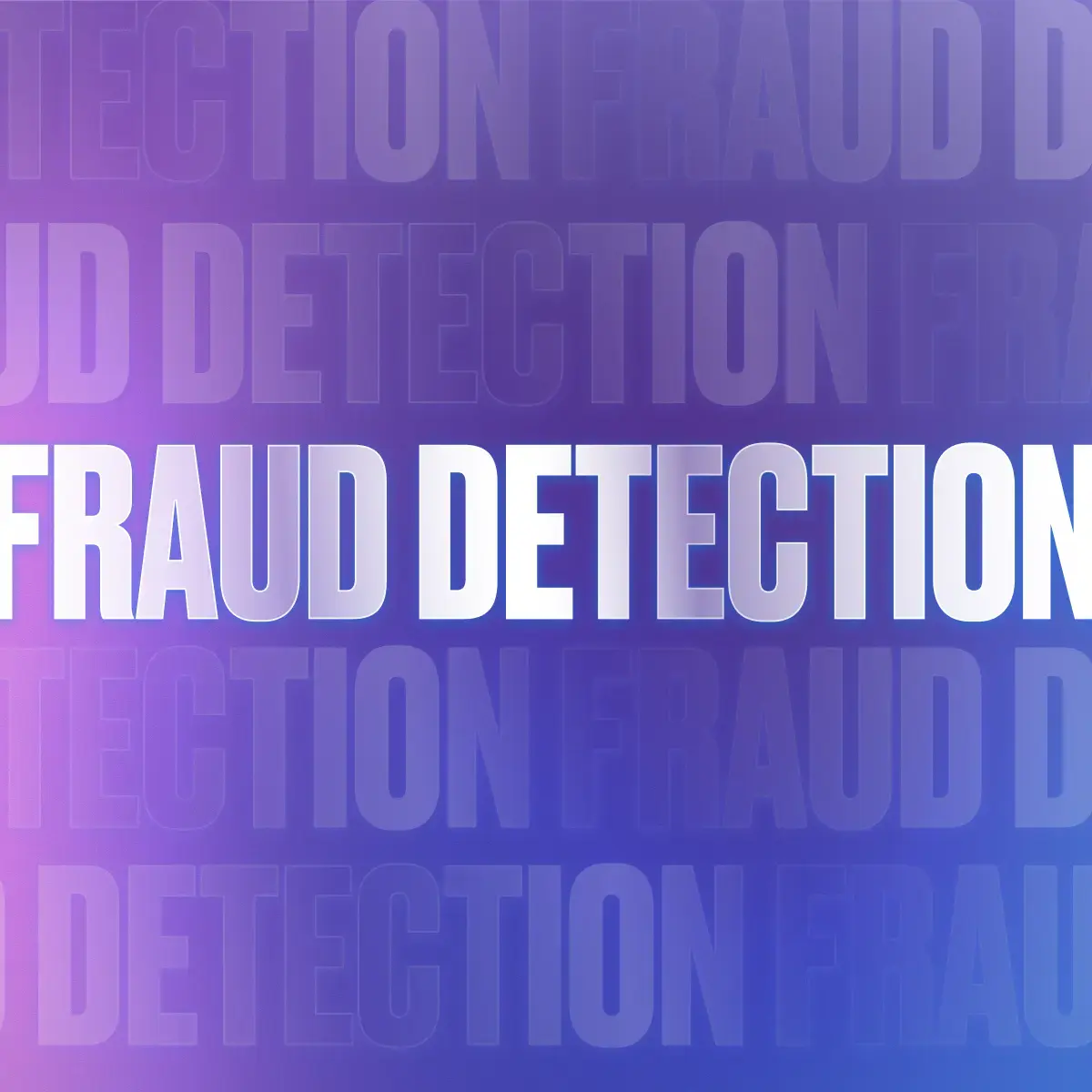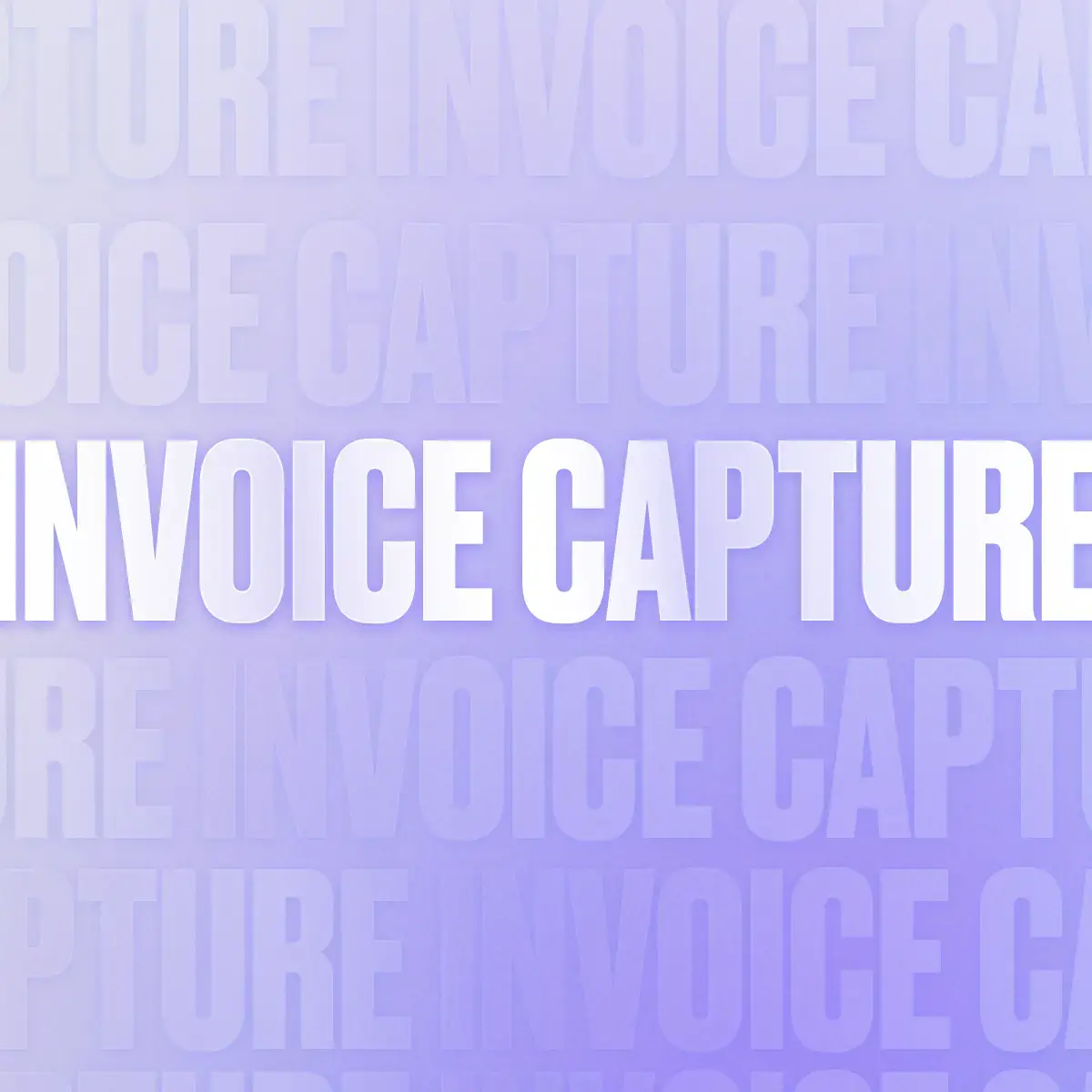While the heyday of print music royalties has passed—we are, after all, in the age of digital streaming—they’re still relevant to composers and songwriters. For music business professionals looking to better understand how these somewhat now obscure royalties are calculated, paid out, and taxed, this guide is the place to start.
Wrapping your head around the complexities of music publishing royalties can be daunting, with all the different types of royalties tied to various uses of musical works. Print royalties constitute a lesser-known, niche part of the industry.
Though not as lucrative in the digital age as they once were, print royalties still make up an important income stream for some composers, songwriters, and publishers. As such, it’s valuable for today’s music business professionals to have a solid grasp of what print music royalties entail.
In this primer, we’ll review key terms, outline collection and distribution processes, and explain calculation methods. We’ll also cover relevant tax forms and examine print’s evolving role in online music distribution. With these insights, accounts payable teams, publishers, songwriters, and other stakeholders can make sense of this revenue category.
What we cover
What are print music royalties?
Print music royalties are payments made to rights holders like music publishers and songwriters when their composition is reproduced and distributed in physical, printed copies or digital versions. This includes sheet music, guitar tablature, lyric books, and other print publications.
Two common types of printed music are:
- Folios: A folio is a print music release containing multiple musical compositions and arrangements from a single artist, band, or theatrical production. Take a piano-leaning pop star like Elton John, for example. The Elton John Piano Solo Collection contains 22 of his greatest hits and sells for around $25.
- Scores: Scores provide full musical notation, including tempo and time signatures, song structure, lyrics, melody, and harmony lines for vocal parts and instrumentation. Scores range from choral arrangements to saxophone quartets to Wagnerian orchestral works. Occasionally, you may even find popular scores from Hollywood movies or Broadway musicals. In these cases, the score may be called a “songbook.”
Techniques for printing music were first developed in the mid-15th century, before which music was transcribed by hand. Ottavanio Petrucci, based in Venice, Italy, was the first to print collections of music and sell them throughout Europe in the early 16th century. The ability to purchase music in a tangible form gave rise to a marketplace for songwriters to spread the music across the continent and beyond.
Since then, methods for printing music have ranged from moveable type to engraving to lithography—and of course, to the computer.
Tin Pan Alley is widely considered the birthplace of the modern music publishing industry. At the turn of the 20th century, New York City’s famous Tin Pan Alley was home to dozens of music publishers who dominated print royalties, as well as a hub of songwriters. In 1895, many of these publishers came together to form the Music Publishers Association of the United States, an organization that provided a framework for modern performing rights groups.
Print music royalties in the digital era
For over a century, printed music served as the prime medium for distributing popular songs. Musicians and publishers earned steady royalty income from these sales. However, as consumer media habits shifted, the demand for printed sheet music and song lyrics waned.
Publishers saw purchases of print music shrink as listeners bought physical albums rather than seeking out individual song sheets or lyric books and eventually accessed songs instantly online. The convenience of digital channels over printed sheet music slashed print sales. As a result, we witnessed a digital transformation in music royalties.
Leaner print release strategies
With lower print music sales volume, publishers adapted. They became more selective and released fewer print versions. They focused mainly on new hits or albums likely to sell reasonable print volumes. Print runs concentrated on proven sellers rather than speculation. Adapting print royalties to digital also meant accounting for the digital use of print versions.
Print’s niche role
While no longer the mass distribution medium it once was, professionally printed sheet music still fills an important niche for some musicians, especially classical and film score composers. Certain artists may also sell autographed lyric books at concerts.
Print music retains value for reference, documentation, and performance purposes across various music communities. Dedicated musicians, teachers, archivists, and hobbyists still produce modest print music sales.
What is a print license?
A print license is an agreement between a copyright owner (typically a music publisher) and a copyright user. It grants permission to reproduce, rearrange, display, distribute, or print a song’s composition elements.
Even minor uses of printed musical content like lyrics or notes require print licensing clearance, assuming the usage extends beyond fair use exemptions. Examples of use where a print license would be required include:
- Printing a song’s lyrics inside a CD case
- Posting a composition’s sheet music on a website
- Featuring musical notation in product branding or packaging
Managing print music royalties
Given the copyrights associated with reproducing and distributing song compositions in print, multiple players oversee aspects of print royalty collection, distribution, and administration processes on behalf of music publishers and songwriters.
Copyright societies
Performing Rights Organizations (PROs) like ASCAP, BMI, and SESAC maintain databases of songwriter and publisher ownership information and negotiate royalty rates and payment terms with print publishers. PROs collect print royalty income on behalf of members and affiliates, deduct operating fees, and then distribute money to rights holders.
Music publishers
These include major publishers, smaller independent houses, and sole proprietorships. Publishers represent songwriters to ensure proper attribution, registration, and royalty collection for the use of works. This includes collecting royalties for print reproductions. After taking commissions, publishers pay songwriters the net amounts owed.
Print publishers
Finally, there are print publishers. These specialized companies pay music publishing royalties to reproduce musical compositions in printed materials like sheet music and lyric books, then sell these publications to other businesses and the general public.
Calculating print music royalties
As an older royalty stream, calculations for print music royalties follow somewhat consistent industry standards between publishers and collective rights organizations. That said, some factors influence print royalty rates:
- Print format: Sheet music usually has rates around 20% of the retail price for a single copy sold, while folios typically pay 10-12%.
- Usage type: Whether the musical notation or lyrics are displayed publicly, such as on a website, in a concert program, or in a music video, will impact how rates are calculated.
- Medium: Physical and digital reproductions may net different royalty rates.
- Negotiated terms: Royalty payment percentages, caps, and floors for printed works are negotiated, just like in other rights music industry royalty management arrangements. These contracted terms influence rate calculations, too.
- Minimum advances: Publishers also pay minimum advances or guaranteed sums for printed materials to compensate songwriters and other rights owners. For instance, the rate for printed lyrics might be one cent per unit with a $200 minimum advance.
Tax reporting for print music royalties
Like all royalties, this revenue branch carries tax implications for associated rights holders. Here’s what you need to know about tax reporting for music royalties of the print variety.
For eligible payees like U.S. citizens or resident songwriters and music publishers receiving print royalty payments, these earnings represent taxable income per IRS guidelines. Even income earned abroad gets reported domestically.
Applicable forms and considerations
For any U.S. persons or entities obtaining print royalties, the initial payer—typically the print music publisher selling the printed publications—must report annual gross payment totals sent to payees by filing required information returns with the IRS.
Whenever a single sampled musician receives over $10 total in annual royalties from your label as facilitated by your artist’s release, you must declare these sums to tax authorities via Form 1099-MISC. You will also need to furnish a copy of this form to the rights holder in question.
Solo songwriters functioning as freelancers receive Forms 1099-NEC for earnings exceeding $600.
These documents categorize all print music royalties sent to payees during the tax year as “Other Income,” making it taxable by default. These help the IRS monitor earnings.
Beyond submitting Forms 1099, additional considerations around royalty compliance exist:
- Properly tracking ownership shares across contributors
- Understanding tax nuances if writers funnel royalties into formal businesses
- Applying income withholding in certain non-US cases
For example, foreign songwriters face income tax withholding on royalty earnings depending on their country of residence and existing tax treaties.
To avoid unnecessary withholding, the proper forms must be furnished:
- Form W-8 BEN for foreign claimant exemptions
- Form 1042-S for international income tax withholding
Given the financial implications of inaccurate music royalty tax reporting, music companies should consult legal and accounting advisors to ensure full compliance.
Implications of errors
Inaccurate reporting or classification of print music royalty payments on 1099s can result in IRS inquiries, penalties, and revision requests.
While the logistics of tax paperwork can be tedious, properly administering music publishing royalties on tax forms protects payers, payees, and the agreements governing these licenses.
Make royalty payouts a breeze with Trolley
Print music occupies an important position in royalty management in the music industry, even as consumer preferences shift to the digital world.
Regardless of which types of royalties your rights holders earn, paying them shouldn’t be a hassle. That’s where Trolley comes in.
Trolley handles the heavy lifting of paying artists via payout automation purpose-built for modern music companies.
By leveraging Trolley’s powerful payout API, music publishers and societies can access a massive global banking and payments network to smoothly facilitate print royalty distributions to eligible rights holders—all while upholding tax compliance through integrated reporting capabilities.
Let Trolley deliver your royalty distributions worldwide so you stay focused on bigger goals. Keep your data centralized and connected with Trolley’s end-to-end platform plus ERP sync. Onboard your artists, verify their identities, pay globally, and stay tax compliant, all in one place.
Our real-time dashboard gives your artists the visibility and transparency they deserve, with your brand at the front and center. Plus, recipients can choose the payment methods that work best for them, so you can strengthen your relationships while making tax-compliant payouts to over 210 countries and territories.
Learn why companies like SoundCloud, United Masters, Soundrop, CD Baby, and more trust Trolley to pay over 1.5 million musicians worldwide by getting in touch today.







